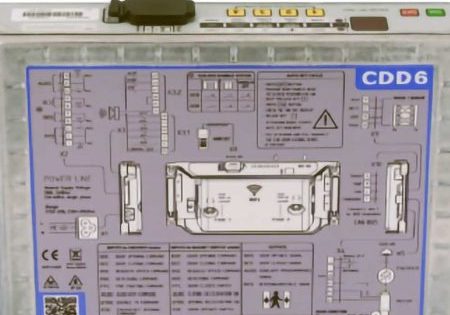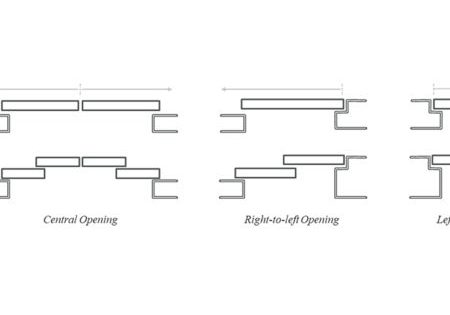The type of thinking, tools and techniques needed for better results
We’ve said on many occasions, “Happy staff lead to happy customers and happy customers come back.” So, is the oft-repeated chant of “The customer is king” correct?
For most business leaders, we think it is — but with a twist — it’s not the leaders who should take care of the customers; it should be the team, so, given you agree with that (and you may not), then that begs the question: At its simplest level, what is the aim of a leader?
We think that the job of leadership should, in the very widest sense, be:
- To define the strategic direction of your company
- The process of leading individuals, as a group, to achieve a common goal
- To implement systems and processes which bring out the best in your team
- The process of nurturing people to ensure they can perform at their best
Indeed, someone once said something like, “The only job of a leader is to develop others.”
Most people begin their careers by developing an expertise in some technical, functional or professional position where doing your job well means having the right answers. You prove yourself that way, you rise up the “greasy pole” and eventually you make the move from “managing stuff” (servicing, repairing or installing lifts) to “managing people.” At which point it’s a whole different ball game; people are a whole lot less predictable than stuff. People behave very differently to inanimate objects.
But that does not negate the need to create systems and processes with your people that allow them to do their thing and achieve your goals. In fact, quite the opposite; it actually makes it more important. Once you are in this hallowed position, you need to build a team around you that helps you deliver:
- Better strategies
- Better systems
- Better measurement
- Engaged people delivering
- Better results
In addition, the focus of the work required to continually refine and optimise the above will change over the lifetime of your quest, as can be seen from Image 1 and its component parts:
- The owner(s)
- The team
- The business
- The customers
In our experience, one of the biggest inhibitors to company growth is often the business owners need for “control” and personally trying to do and take care of everything! They try too hard; they try to do too much, and they often don’t allow their staff to help. You have heard of the “busy fool”; owners adopting this approach get in early, stay late and trust no one: “They’ll never do it as well as I do” and “I have to do everything myself” are the oft repeated mantras which simply lead them to being the busiest and lowest paid (per hour) member of the firm.
In essence, it boils down to a failure of the owner to get out of their own way and empower their team. Conversely, by adopting the virtuous circle approach suggested, and using the thinking, tools and techniques detailed in our blogs, we can create a virtuous circle where:
- The owner takes care of the team.
- The team takes care of the customers.
- The customers take care of the business with repeat orders and referrals.
- The customers reward the business with profits and success.
In reality, owners need to embark on an often long journey with the aim of creating the very best “system” through which good people can be leveraged to produce superior results, as, when you intentionally build your business and your systems around the talents of ordinary people, you will be forced to ask difficult questions about how to produce extraordinary results without extraordinary (and expensive) people.
One of the best management books I’ve read for a while is by a guy called Keith Cunningham and is called The Road Less Stupid. It’s a really down-to-earth, no-nonsense, practical management read, so I highly recommend it. There’s a great chapter in there about the primary responsibility of any manager being the development of their team because of exactly this notion — the team take care of the customers.
The key is to hire good people with the right attitude, not the skill sets: Skill sets you can train; attitudes you can’t. You need to recruit people with the best attitude and give them the necessary tools and train them properly on how to deliver your products and services to your customers.
Using our better strategies and better systems framework, the type of thinking, tools and techniques we are talking about include:
Better Strategies
Mission and vision, values and purpose, culture, business planning, objective setting, the balanced scorecard, critical success factors and a whole lot more. Essentially, you are trying to get “the bus” heading in the right direction.
The key is to hire good people with the right attitude, not the skill sets: Skill sets you can train; attitudes you can’t.
Better Systems
Systems are about the way stuff is done; the way tasks are executed. Is the work undertaken consistently, do different people do it the same way and get the same results or does everybody do their own thing delivering variable and chaotic results? This applies to all departments and teams — marketing, sales, installation, service, repair, finance and human resources. Tools might include ISO systems and processes but also marketing, leveraging sales, slicker operational processes, 5s, Lean, supply chain management, slicker recruitment processes, etc.
Better Measurement
My favourite bit is about key performance indicators that let you know you are on (or off) course on the journey to deliver your goals. It’s about using data to know when a change has led to an improvement; essentially getting SPC (statistical process control — horrible term — we prefer “process prediction charting” — yes, you really can predict the future) into the boardroom and applied to sales, marketing, operations, finance, cash in the bank and stock turn. Whatever the key metrics are.
Engaged People
This is about people motivation and management — getting the right people in the right seat on “the bus!” Tools might include values identification and alignment, job descriptions (although we prefer job “scorecards” that look at outcomes, not tasks), psychometrics and motivation profiles to assess “fit,” the delegation driver, meeting management, and you as a leader need to invest your time and effort to transfer your vision of the future and your skills to your people so they are engaged in delivering the bit that’s important to you — the Better Results.
Conclusion
If, as leaders, we want our companies to grow, our most important job has got to be the development of staff to help us get where we want to go. Most businesses can’t be grown single handed; you need a high-performance team.
And there are some common traits in high-performance teams: They want to learn, they want to do a good job, they want to win, they share common goals, they know who is responsible for what, they support each other and individually they exhibit leadership qualities themselves.
High-performance teams seek out customer issues before they become problems and identify solutions before they are asked. So, having given your team the thinking, tools and techniques they need, they are far better positioned to invest their time in caring for your customers.
The whole process then comes full circle: When your business is running this way, you can reinvest in the team and thinking, tools and techniques to continually improve your ability and capability, increase your capacity and grow your ability to solve the needs of your customer base.
Get more of Elevator World. Sign up for our free e-newsletter.










